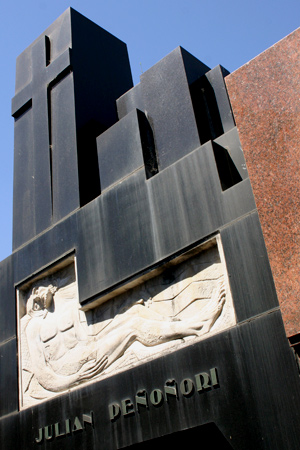
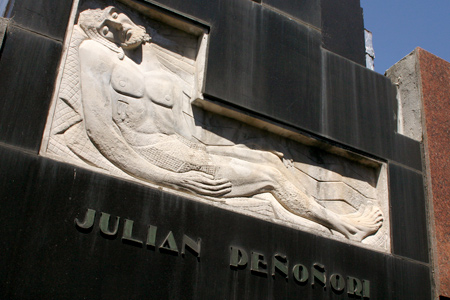
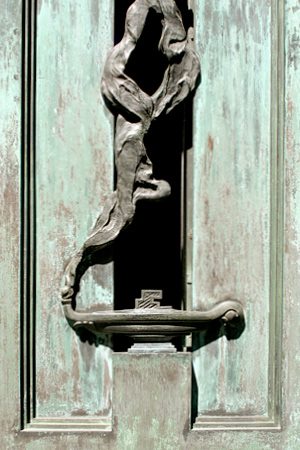
No biography or other info found online. Not a single plaque on the exterior either, but one of my favorite Art Deco designs in the cemetery.
2 Comments


No biography or other info found online. Not a single plaque on the exterior either, but one of my favorite Art Deco designs in the cemetery.
2 CommentsBravery & strength are character traits commonly identified with lions. Used historically to decorate coats-of-arms of several royal families, even pop culture praises lion-like qualities in “The Wizard of Oz” & “The Lion King.” What better animal to protect loved ones during difficult times? A few large felines blend in with their domesticated relatives in Recoleta Cemetery.
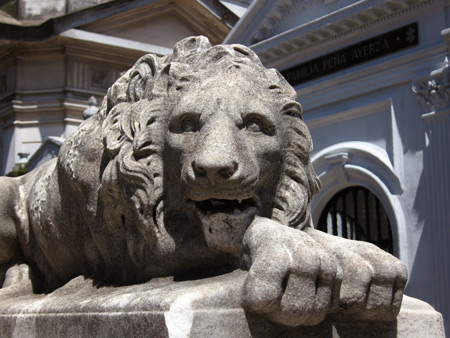
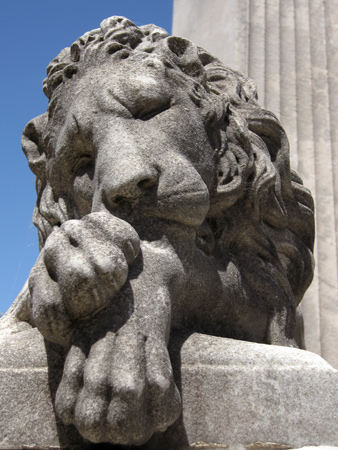
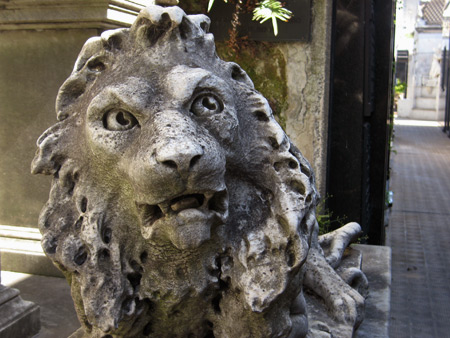
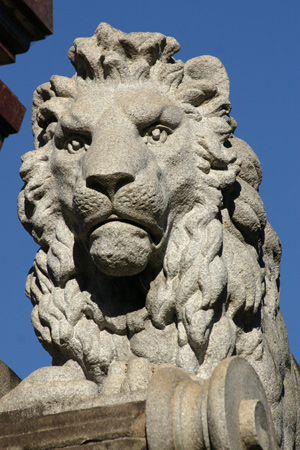
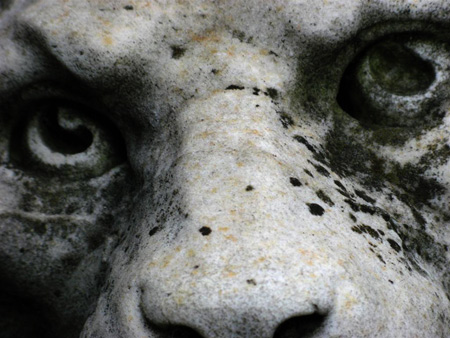
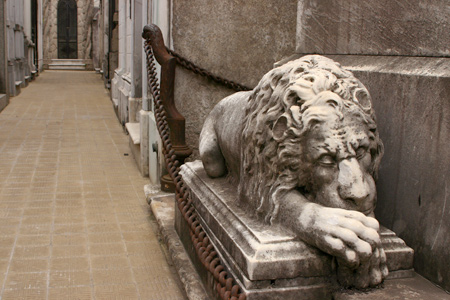
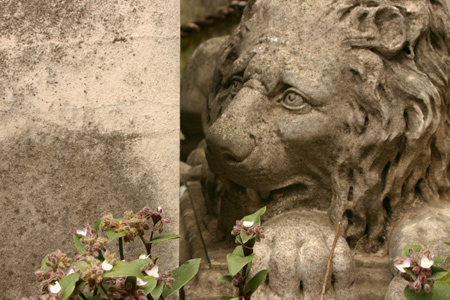
Rarely found but interesting to seek out are drawings etched in stone or concrete. This particular spot has no family name or artist’s signature, but the vault belongs to Pedro José Díaz who fought in early wars after Argentina declared independence:
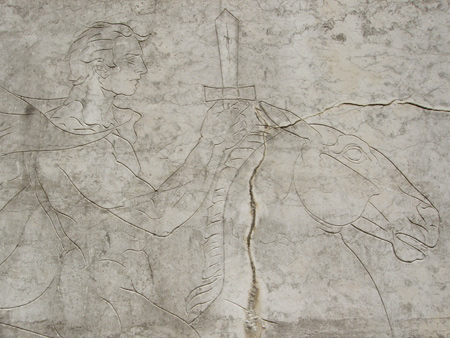
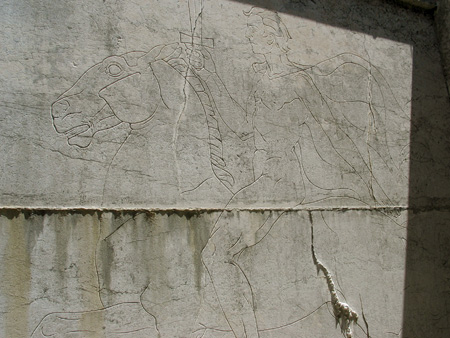
During my initial visits to Recoleta Cemetery several years ago, I remember a bust of someone in military uniform decorating this tomb. Unfortunately it has been removed, & I never took a photograph. The quality of the etching is generally very good, but the miniature swords detract from the strength of the overall image.
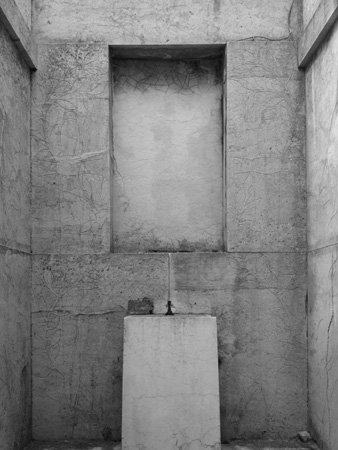
Update (24 Jan 2021): Thanks to a book by Oscar Andrés De Masi published in 2012, we can add a photo of the former bust & confirm the author of the tomb. Juan Carlos Oliva Navarro, best known for the monument to Pedro de Mendoza in Parque Lezama (San Telmo), designed this vault… & even signed the photo below:
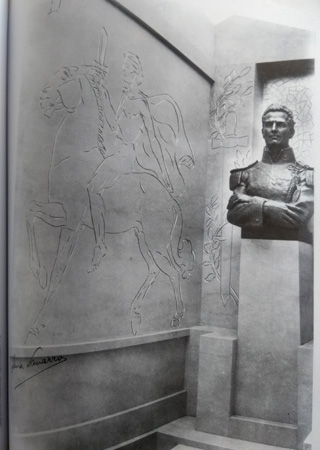
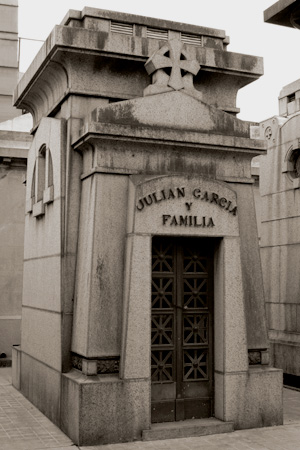
Born in Buenos Aires in 1875 to Spanish immigrant parents, Julián García Núñez was sent to complete his architecture studies in Barcelona. He arrived at the beginning of the Art Nouveau period, just as Barcelona got its distinctive look. Although Gaudí is the most recognized name of Barcelona architecture of that era, Domènich i Montaner was equally as prolific & García Núñez fortunately had him as a professor.
Returning to Buenos Aires around 1905, García Núñez brought with him a touch of Barcelona to the growing metropolis of Buenos Aires. He wasn’t shy about promoting himself & was awarded with important contracts for the immigrant Spanish community, most notably the Hospital Español (now 80% demolished). For Argentina’s centennial celebrations in 1910, GN built the Spanish Pavilion & his designs were increasingly in demand.
But when Art Nouveau fell out of fashion in Buenos Aires & gave way to Art Deco, García Núñez abruptly stopped practicing his profession. Only a few works date after 1915, & apparently he destroyed all his plans & awards. Surviving family members recall GN having a rather stern character, but we’ll never know why he abandoned everything & faded into obscurity.
The buildings by García Núñez in Buenos Aires which have not been demolished or modified remain as striking today as when they were built. Below are apartment buildings at Otamendi 76-82 (Caballito), Paso 684-98 (Once), & Luis Sáenz Peña 274 (Monserrat):
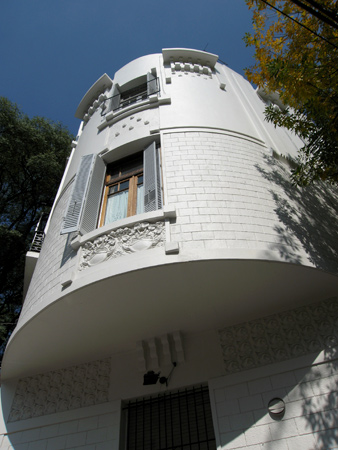
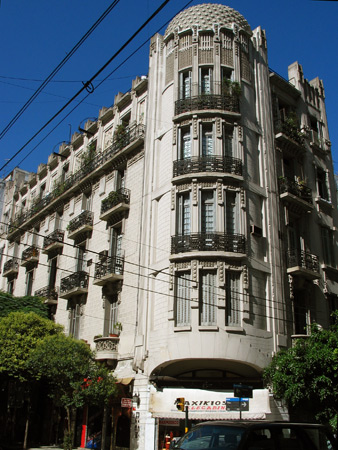
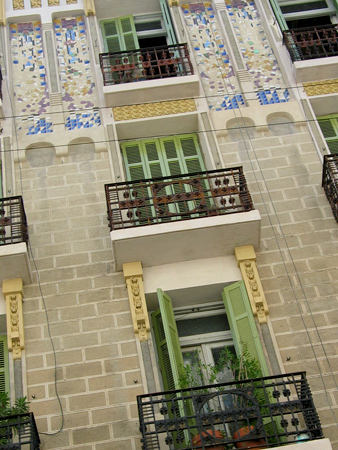
His neglected family tomb lacks the style García Núñez was most recognized for but is nevertheless nicely designed:
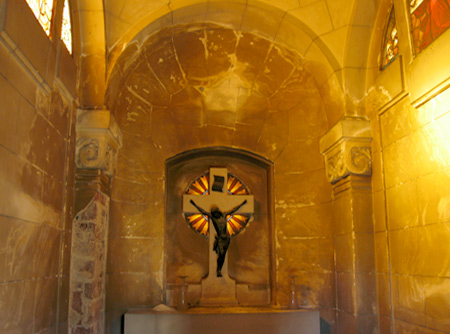
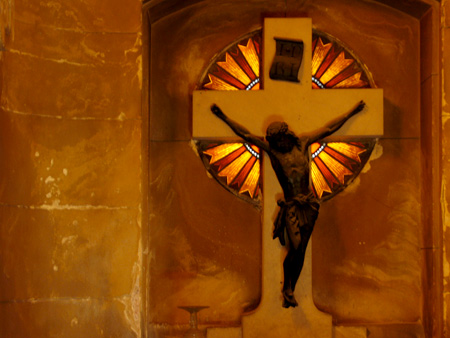
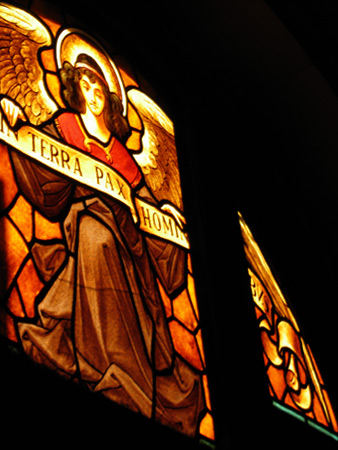
Like Art Nouveau? Learn about the architects of the era, their individual styles & what makes Art Nouveau in Buenos Aires so unique with a 33-page guide from our sister site, Endless Mile. Works of García Núñez are highlighted in the guide.
1 Comment